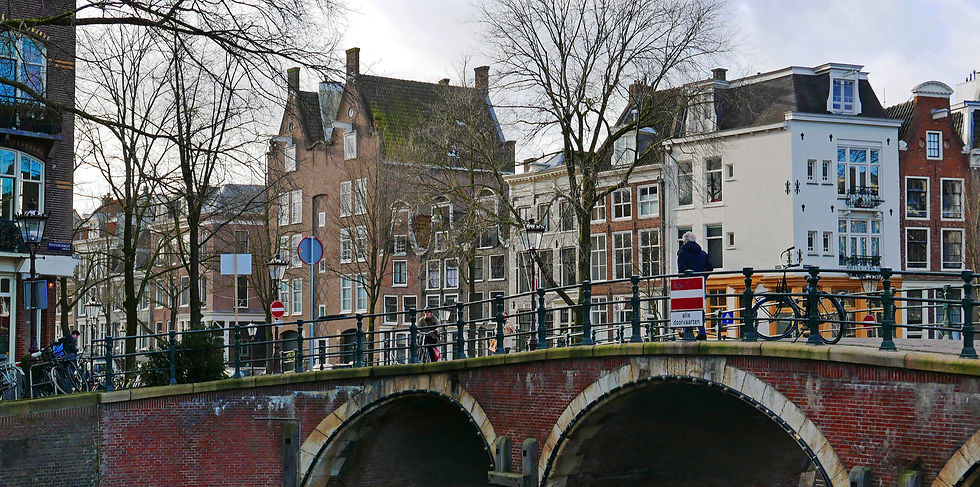Why Brand Storytelling Is Crucial When Entering the Netherlands
- Eureka Creative Agency
- Oct 22
- 2 min read
Introduction
When international brands enter the Dutch market, they often focus on logistics: translation, distribution, and visibility. But these steps alone won’t create loyalty. Dutch consumers are selective, socially conscious, and influenced by values as much as by products. That’s where brand storytelling becomes a powerful tool. The right story can bridge cultures, build emotional connections, and position your brand as part of Dutch daily life.

1. Stories Build Trust in a Direct Market
The Netherlands is a country where directness rules. Consumers want honesty and clarity, but that doesn’t mean they’re immune to emotion. In fact, storytelling becomes the ideal way to present transparency in a relatable form. Instead of hard-selling your products, share stories of how your brand originated, the people behind it, or the communities it supports. This creates authenticity and strengthens trust.
2. Aligning with Dutch Values
A compelling story resonates most when it reflects local values. For the Dutch, these include sustainability, fairness, and community. International brands that craft stories highlighting their eco-conscious initiatives, fair supply chains, or community-driven efforts strike a chord with Dutch consumers. Without this alignment, even strong campaigns risk being dismissed as irrelevant.
3. Emotional Connection Beyond Products
In a competitive market like the Netherlands, product features alone aren’t enough. Storytelling allows brands to create emotional resonance. Whether it’s showcasing the journey of farmers behind your ingredients, the innovation behind your design, or customer stories of impact, narratives transform your brand from a company into a character in the consumer’s life.
4. Multi-Channel Storytelling
Dutch consumers are highly active online, but they also value offline engagement. Storytelling must therefore be omnichannel. This means using digital platforms—social media, websites, newsletters—as well as offline experiences like pop-ups, events, or collaborations with Dutch cultural institutions. A consistent narrative across these channels creates recognition and strengthens emotional bonds.
5. Avoiding “Lost in Translation” Pitfalls
One of the biggest risks for international brands is miscommunication. Dutch consumers are fluent in English, but cultural nuances still matter. A story that resonates globally may need adaptation to connect locally. Humor, idioms, or cultural references should be carefully localized to avoid misunderstandings and to demonstrate cultural sensitivity.
Conclusion
Brand storytelling isn’t just a marketing tactic, it’s a bridge into Dutch society. By aligning with local values, creating emotional resonance, and communicating clearly, storytelling allows international brands to go beyond transactions and become part of everyday life. In a market that values transparency and authenticity, your story may be the single most powerful tool for building trust and loyalty.
Ready to take your brand to the next level?
Schedule a free consultation call with our expert team at Eureka Creates, a leading marketing agency in Amsterdam, based in the heart of the city.








